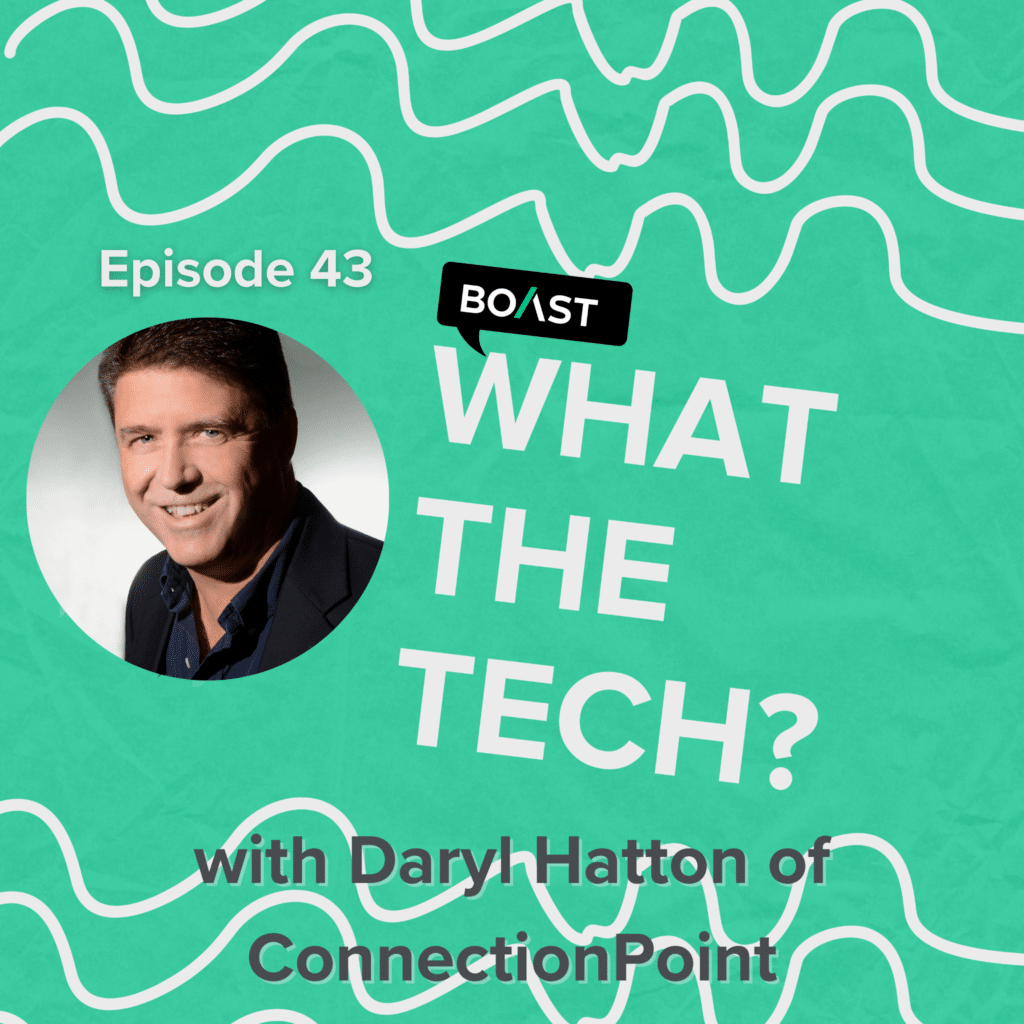A pair of recent court rulings in the United States emphasize just how much time and money can be wasted when businesses don’t exercise savvy (and scrutiny) when applying for R&D tax credits.
In both Little Sandy Coal v. Commissioner and Scott Moore, et al. v. Commissioner, the courts found that taxpayers failed to substantiate certain activities and their associated qualified research expenditures (QREs) due in large part to a lack of proper documentation.
Along with being a lesson on the importance of good record keeping, the cases shine a light on several missed opportunities where the taxpayers may have been able to leverage the tax code to their advantage.
We’ll unpack those missed opportunities ahead—and how valuable tax expertise can be in computing R&D claims—but first, it’s important to understand the criteria for qualifying activities as outlined in the federal Credit for Increasing Research Activities (aka the R&D tax credit).
Understanding Qualified Research Activities and Expenses
The IRS outlines a four-part test that activities must pass to be designated an R&D tax credit-worthy QRE:
- The activities are devoted to the development new or improved performance, functionality, quality, or reliability of a product, process, formula, invention, software, or technique (a business component);
- The activities are intended to discover information to eliminate technical uncertainty about the design, methodology or capability of the business component;
- The activities involve an iterative process of experimentation; and
- The process of experimentation relies on the principles of a hard science.
If the activities conducted by a taxpayer meet the four-part test above, expenses such as employee wages, tangible raw materials (supplies), and contract research costs associated with these activities can be eligible towards the R&D tax credit.
While there were likely many mistakes made over the course of the claim and defense process, troubles for taxpayers in both the Little Sandy Coal and Moore cases can largely be traced back to the documentation retained demonstrating their adherence this four-part test.
Little Sandy Coal: Missing out on the shrink-back rule
In the case of Little Sandy Coal, while there were many missteps, the taxpayers’ primary mistake was perhaps “casting too wide of a net” when characterizing their QREs.
Little Sandy Coal was applying for R&D tax credits related to the development of 11 first-in-class vessels for tax year ending June 2014. Rather than characterizing smaller portions of the ships as credit-worthy QREs, Little Sandy Coal defined its business component as the entire barge it was constructing under the substantially all rule within the R&D tax credit.
Substantially all refers to when 80% or more of the research activities conducted constitute elements of a process of experimentation. This is important in R&D claims as the IRS states that in these cases, 100% of the eligible expenses associated with the project can be claimed towards the credit.
The trouble here is that while many of the constituent parts of the ships and the expenses associated with those parts were new, this does not necessarily mean that substantially all of the activities in designing and manufacturing the vessels constituted a process of experimentation. In fact, the tax court cited that “section 1.41-4(a)(6) … requires that the substantially all test be applied in reference to activities – not physical elements of the business components being developed or improved.”
Little Sandy Coal defended their claim by arguing that because the underlying business components were prototypes, they were, by definition, created via a process of experimentation. But the IRS and Tax Court both rejected this claim, and specifically stated that Little Sandy Coal failed to show documentation that proved that at least 80 percent of their research activities constituted a process of experimentation.
In simpler terms, while the court agreed that the taxpayer performed some R&D, Little Sandy Coal failed to provide adequate documentation proving the process of experimentation it engaged in while developing its ships; much less provide documentation proving that 80% of the activities occurring on each ship were in support of this process of experimentation. Therefore, since the activities did not meet this threshold, the expenses associated with the projects could not either and were therefore disallowed.
What likely stings the most for taxpayers here is that by failing to adequately provide detailed documentation, Little Sandy Coal missed out on the opportunity to apply the shrink-back rule. This rule applies when a taxpayer perhaps overshoots their business component categorization (as Little Sandy Coal certainly did when they included the entire group of barges in the original claim) but presents enough documentation to identify smaller portions of the design project as QREs.
Little Sandy Coal had no such documentation to reference as a backstop to deploy the shrink-back rule, thus leaving them empty-handed when the case was ultimately settled this past March.
Moore: A lesson in bad documentation
Little Sandy Coal was also cited for failing to provide adequate documentation tying employee activities to outcomes. This mistake was at the heart of the case for taxpayers in the Moore ruling.
This case contested Scott and Gayla Moore’s original filing on the behalf of Nevco, Inc. (their S-Corp), which claimed 65 percent of their COO’s wages as QREs in the 2014 and 2015 tax years. Of important note, the COO testified they spent “north of 50%” of their time involved in product development, which was further corroborated by employees at the Company. While the tax court believed the COO was likely engaged in some R&D activities, they reasoned that not all of the COO’s activities in new product development were qualified R&D activities.
Further, Nevco could not provide any methodology as to how the estimates of the amount of time the COO spent on research and development as opposed to the broader category of new product development were derived. In fact, documentation provided by the taxpayer showed that the COO in question was actually two layers removed from any actual product development.
Another item of note is that while there are other case law precedents that rely on the use of oral testimony in substantiating an individual’s involvement in R&D activities, we now see this is inadequate on its own and that this testimony must be substantiated by corroborating documentation.
In its final ruling, the Court found that “[t]he record provides no estimates of the amount of time [COO] spent on qualified research as distinguished from the broader category of new product development.” As a result, none of the COO’s salary or bonus is qualified research. This opinion highlights the importance of documenting the methodology used to compute R&D tax credit expenses and maintaining documentation to substantiate the research claim.
Partnering with experts to ensure maximum returns—and avoid common R&D tax credit pitfalls
As a baseline, businesses should be doing their best to track their R&D and collect all relevant documentation—both passively as projects are moving as well as during tax season—to ensure they aren’t missing out on any opportunities to either defend or even reframe their claim (ie. the shrink-back rule).
In both cases we see that the IRS isn’t arguing that portions of the costs or time aren’t qualified. Instead, they are disputing the percentage of time or cost that is qualified, and the documentation showing the estimations used are accurate.
This is important because while there is a long history of court cases affirming the use of estimates in calculating the R&D credit, this does not negate or take away taxpayer’s responsibilities in documenting how these estimations were derived and that they are accurate.
Put simply: Taxpayers that claim the R&D tax credit need to meet both the requirements of Section 41 as well as the documentation requirements of the IRS.
A system of contemporaneous record keeping—including notes, test results, time-tracking data, cost data, and evidence of technological uncertainty or scientific experimentation is critical in claiming the credit
It’s also important that businesses are working with partners who can help ensure that they aren’t filing incorrectly in the first place, saving time (and money) during tax season while hopefully preventing the long, drawn out court cases that may come about if claims are denied.
To learn more about how teams can better track progress (and in the process streamline tax credit qualification), check out our recent blog, Track R&D, not Tax Credits.
Schedule a call with our team today to also learn how Boast AI has helped hundreds of businesses claim significant R&D tax credits to help fuel innovation and extend their runways.









